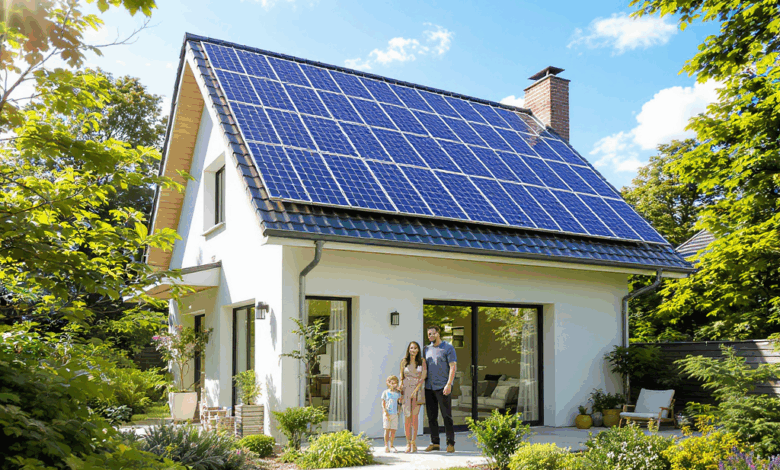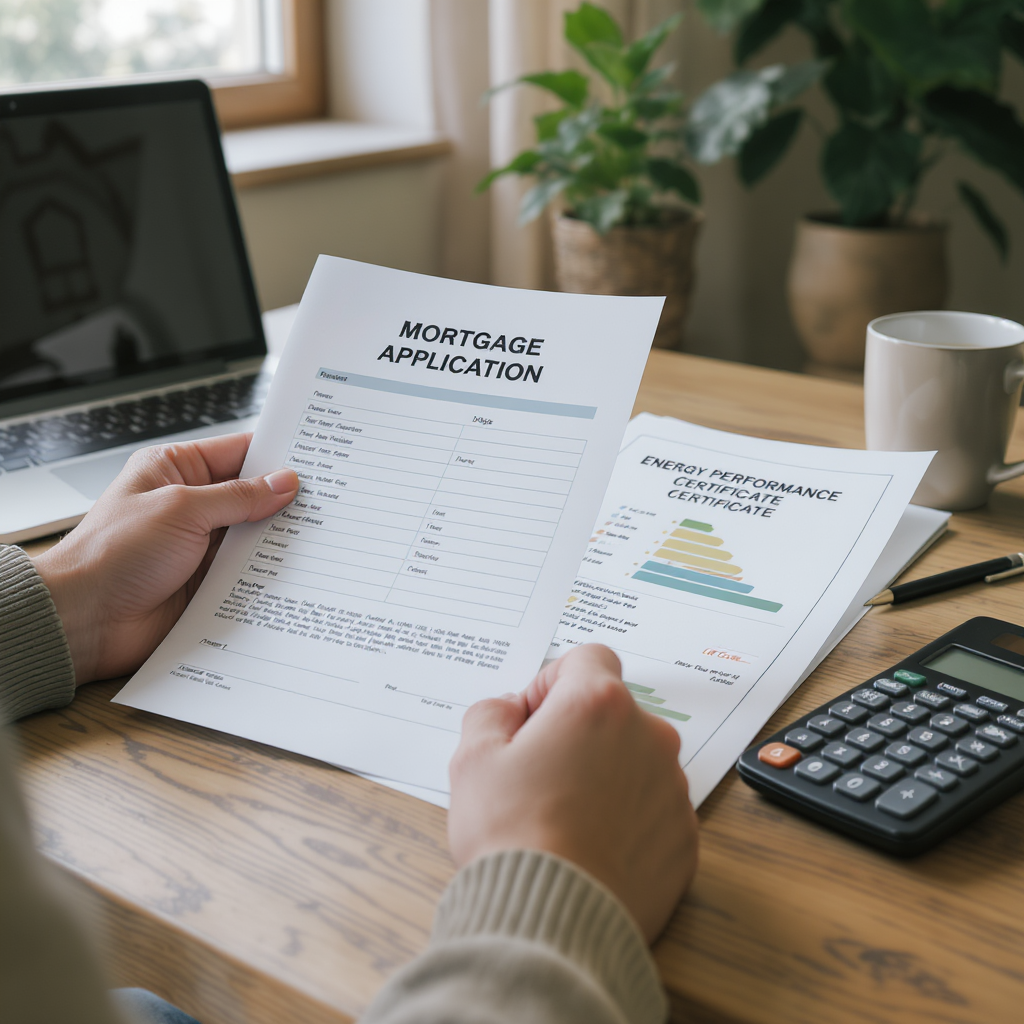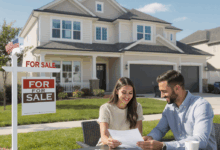Master Sustainable Mortgage Planning for Eco-Friendly Homes in 3 Simple Steps

Have you ever wondered if owning an eco-friendly home is truly within reach, or if sustainable mortgages are just a niche for the elite? I remember feeling overwhelmed when I first dipped my toes into this world—terms like “green mortgages” and “energy performance certificates” seemed like jargon that only experts could decode. But as I explored further, the picture began to clear, revealing opportunities that anyone with determination could tap into.
The reality is, sustainable mortgage planning is no longer an exclusive club. Nearly half of lenders now consider sustainability in their lending criteria, and governments are rolling out incentives that can significantly reduce the costs of green homeownership. Yet, many potential buyers still hesitate, unsure how to navigate this shifting terrain or whether the benefits truly outweigh the effort.
In this guide, we’ll explore practical steps that demystify sustainable mortgage planning—from understanding eligibility and utilizing government programs to embracing smart home technologies and choosing sustainable materials. You’ll see that with the right approach, turning your eco-conscious home dreams into reality is not only feasible but also financially savvy.
Whether you’re a first-time buyer or a seasoned homeowner aiming to retrofit your property, this article offers a clear path forward, backed by the latest trends and real-world examples. Let’s embark on this journey together and uncover how sustainable mortgage planning can empower you to contribute to a greener future while making smart investment choices.
When Does a Mortgage Become Truly Sustainable?
I remember the first time I stumbled upon the idea of a “green mortgage.” It sounded promising—like a ticket to owning a home that’s kind to the planet. But the details felt tangled in a web of technical terms and financial jargon. Is this just a marketing buzzword, or does it really change the game for eco-conscious homebuyers like us?
Recent findings suggest it’s more than just green paint on old walls. Nearly 45% of lenders now weave sustainability into their mortgage criteria, meaning they actively favor homes with eco-friendly features. This shift isn’t superficial; it’s a signal that the financial world is starting to recognize the long-term value of energy efficiency and environmental responsibility. Imagine getting a lower interest rate simply because your home uses less energy—that’s a tangible reward for sustainable living.
Why Should We Care About Sustainable Mortgage Planning?
Beyond the obvious environmental benefits, there’s a financial narrative that’s equally compelling. Government incentives—from tax credits to grants—are increasingly available to support green homeownership. These programs are designed to offset the upfront costs of installing solar panels or upgrading insulation. For many, this can mean thousands saved, making the dream of an eco-friendly home less distant.
But here’s the catch: navigating these incentives and mortgage options requires a bit of homework. It’s not just about picking the right home; it’s about understanding eligibility requirements, energy performance certificates, and how these factors influence loan terms.
What Does Sustainable Mortgage Planning Actually Involve?
First, you’ll want to assess your current or prospective home’s energy efficiency rating. Many green mortgage programs hinge on this metric. If your home doesn’t meet the minimum Energy Performance Certificate (EPC) rating, targeted upgrades—like better insulation or efficient windows—can not only elevate your rating but open doors to better mortgage deals.
Second, explore government programs. For example, federal and state rebates may cover part of the cost for renewable energy installations like solar panels or geothermal systems. These incentives can stack up, making green renovations more affordable than one might assume.
Third, consider the building materials if you’re planning construction or major renovations. Sustainable options such as bamboo flooring, recycled metal roofing, or hempcrete walls are not just eco-friendly but often more durable and better at regulating indoor temperatures.
The Role of Smart Technologies in Green Homes
Have you noticed how smart thermostats and lighting systems are becoming standard in new builds? These technologies allow homeowners to manage energy consumption actively—adjusting heating or lighting remotely, monitoring water usage, or even scheduling appliances to run during off-peak hours. Incorporating smart tech can significantly reduce utility bills and enhance the appeal of your home in the eyes of lenders and buyers alike.
Practical Steps to Get Started Today
-
Check Your Home’s EPC Rating: This is your baseline. If you’re still house hunting, ask sellers or agents for this certificate.
-
Consult with Lenders About Green Mortgages: Not all lenders offer the same benefits. Some may provide lower rates or bigger loans for eco-friendly homes.
-
Investigate Local and Federal Incentives: Websites like coffeezforclosers.com provide updated listings of available programs.
-
Plan Upgrades with Sustainability in Mind: Whether it’s switching to energy-efficient appliances or installing rainwater harvesting systems, small steps add up.
-
Consider Smart Home Devices: Start with affordable gadgets like smart thermostats to begin optimizing energy use.
A Thought Before You Leap
As we navigate these waters, I wonder: are we fully appreciating the ripple effects of our choices in sustainable homeownership? Beyond personal savings and environmental impact, could these decisions reshape neighborhoods, influence policy, or even shift market dynamics in ways we haven’t yet imagined?
Sustainable mortgage planning isn’t just a financial strategy; it’s part of a broader cultural transformation. And perhaps the most exciting part is that this journey is accessible—not reserved for experts or the elite anymore. It invites us all to rethink what home means in a changing world.
So, what’s your next step? Could exploring a green mortgage be the key to unlocking your eco-friendly living dreams? Let’s keep this conversation going—because the path to sustainability is rarely a straight line, but it’s one worth walking together.

Looking back at our journey through sustainable mortgage planning, it becomes clear that this is not merely about securing financing but about intertwining our values with tangible actions. We’ve seen how understanding your home’s energy performance, tapping into government incentives, choosing sustainable materials, and embracing smart technologies can transform the daunting concept of green homeownership into an achievable reality. This deeper perspective reveals that sustainable mortgages are a bridge connecting personal responsibility, financial savvy, and environmental stewardship.
By exploring these steps, you’ve gained more than just information—you’ve uncovered a pathway that empowers you to shape your living space in harmony with the planet’s needs. This is a rare opportunity to align your home investment with a broader cultural shift toward sustainability, one that could ripple through communities and markets alike.
So, what can you do next? Start by checking your home’s energy rating or inquire about green mortgage options with your lender today. Investigate local incentives that might ease your journey, and consider simple smart home upgrades that bring immediate benefits. Each small step builds momentum, turning abstract intentions into concrete progress.
Looking ahead, sustainable mortgage planning is set to evolve as technology advances and policies adapt, making eco-friendly homes more accessible and rewarding. By engaging now, you position yourself at the forefront of this transformation, contributing to a future where sustainability is not an exception but the norm.
Ultimately, the question remains—how will you define your home in this changing world? Could embracing sustainable mortgage planning be the key to unlocking not just an eco-friendly house, but a lifestyle that reflects your values and hopes? Let’s continue this exploration together, knowing that every choice shapes the path forward.





